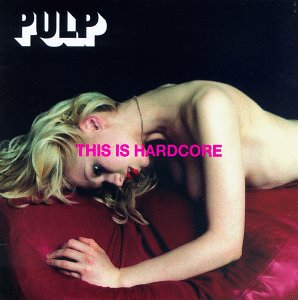
John Maeda is an American designer whose work focuses heavily on creating a connection between design, science, technology and literature (all fields in which Maeda is accomplished in). In terms of his artistic work, Maeda is sometimes credited as planting the seeds in creating creative motion graphics (which are used heavily today) by combining "classic" and traditional techniques of art and design with computer programming and technology.
To the left is an example of Maeda's work (
Image Source), combining the use of typography and design to create this rather abstract image of a key (for a publication "
Key" released in 2006). The typography used is a collection of street names and addresses, supposedly referencing and utilising the connection of a key
and "home"/where you call "home". Maeda is well recognised for this style of abstract and heavily computer/technology
based imagery which usually have a great emphasis on typography and symbolism.
Maeda's work is not something which I would usually stop and analyse as it's not a "style" which I would call myself a fan of. However, from doing so I have gained much understanding and consideration for the work he does (and designers similar to him).
Image Source










